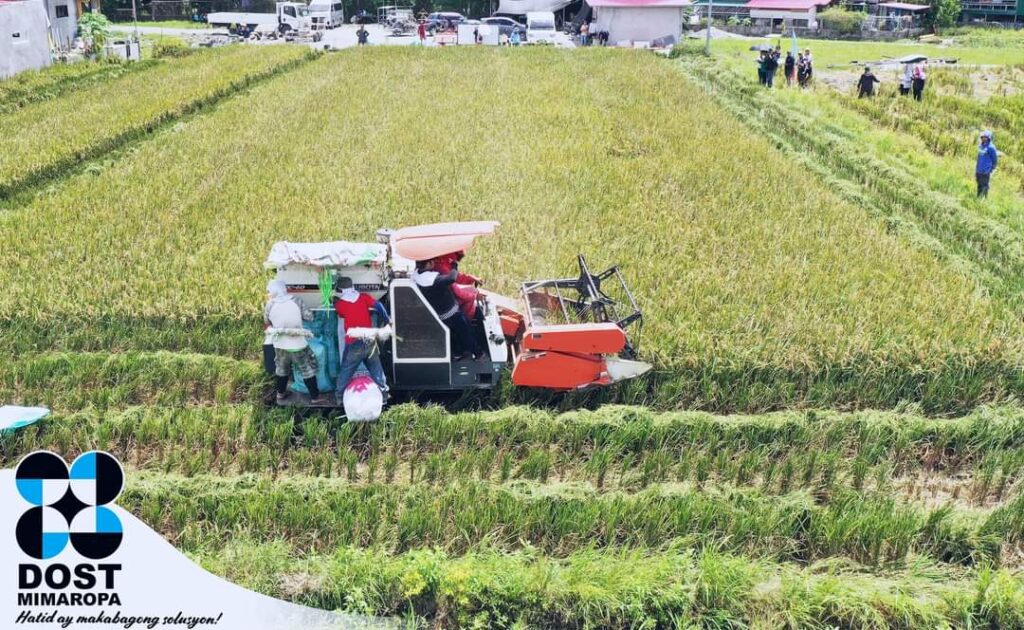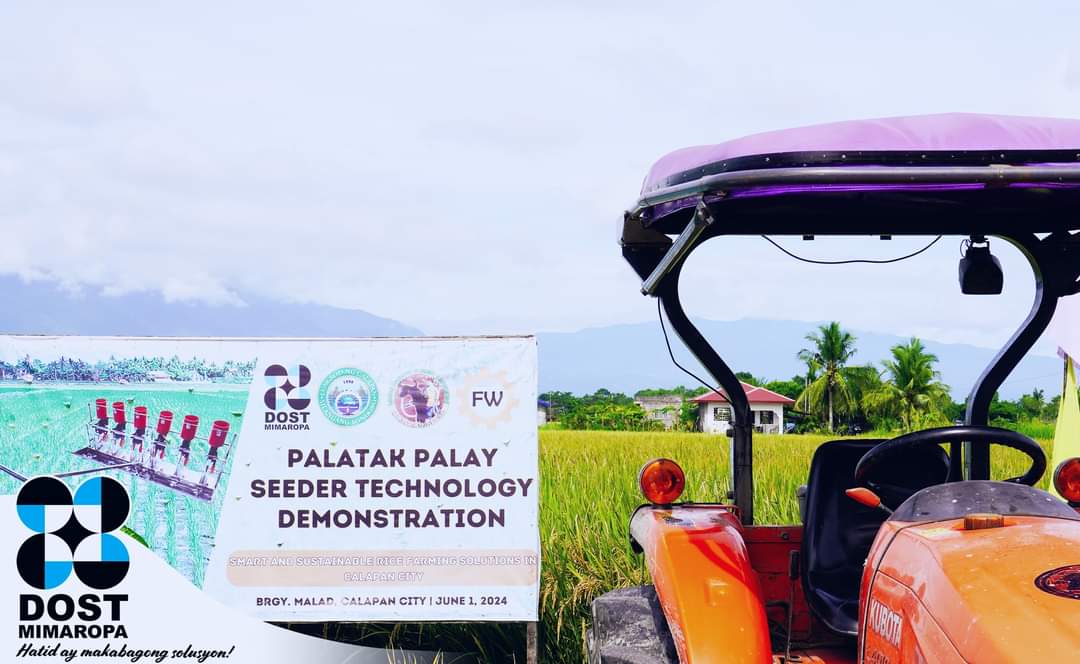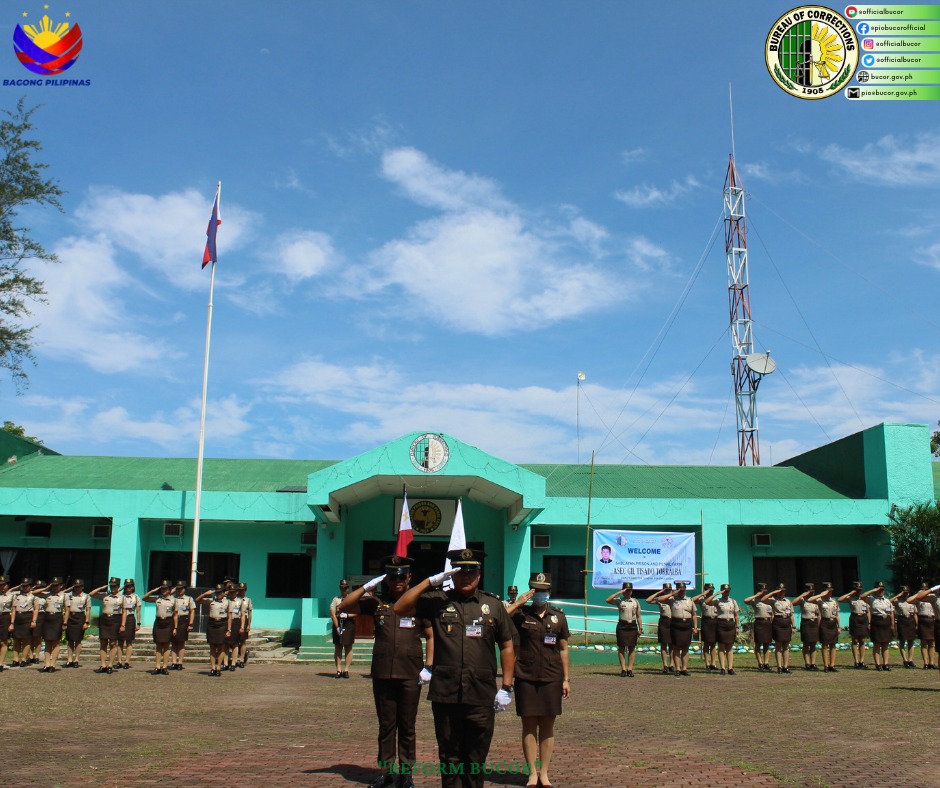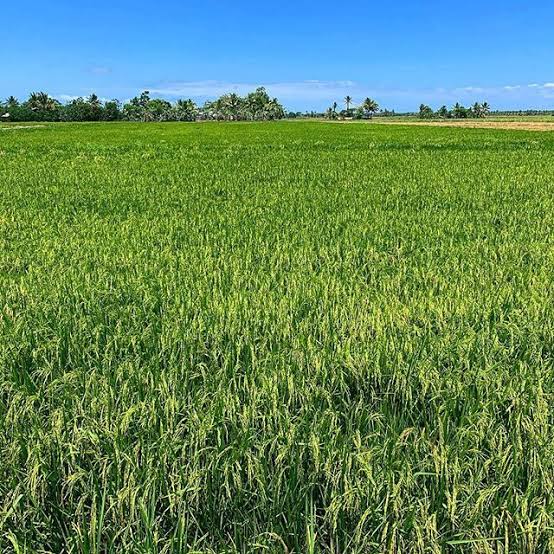A homegrown technology developed by a Mindoroño engineer has shown promising results in boosting rice production, with a recent harvest exceeding expectations.
The Palatak Palay Seeder, created by Delfin Cuevas with support from the Department of Science and Technology’s MIMAROPA region, was used to plant partially germinated seeds on a 1,200-square-meter demo farm in Malalad, Calapan City.
The seeds were planted on June 1, 2024 and after a three-month growing period, a bountiful harvest was reaped on September 11, 2024.
The harvest yielded 20 bags of palay seeds, each weighing 60 kilograms, surpassing the initial estimate of 12 bags.
The successful harvest was witnessed by Mindoro-based farmers, including Roberto Tumala, who expressed enthusiasm for the technology.

“I thought we would only get 12 bags because the land is small,” Tumala said in Filipino. “But the harvest was a success, and I’ll try using the Palatak.”
The harvest coincided with a demonstration activity for agricultural engineers from the region, conducted in collaboration with the Department of Agriculture and the Agricultural Machinery Testing and Evaluation Center.
The event is organized to introduce the Palatak Palay Seeder technology and its potential to increase agricultural productivity.
The demonstration is part of the “Smart and Sustainable Rice Farming Solutions” project in Oriental Mindoro, under the Department of Science and Technology’s Smart and Sustainable Communities Program.
The project seeks to promote the use of the seeder technology as an alternative to traditional, labor-intensive rice farming practices among Mindoreño farmers.

Known as the “Rice Granary of MIMAROPA,” Mindoro provinces immensely contribute to the Philippines’ rice production, accounting for approximately 35% of the region’s output and ranking 14th nationally.
However, recent climate change woes, particularly the ongoing effects of the El Niño phenomenon, have raised fears about food security and farmer livelihoods.









Write Your Comment